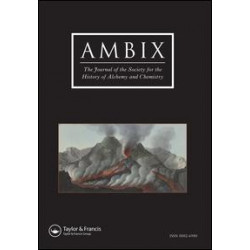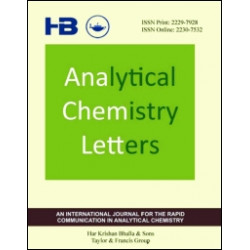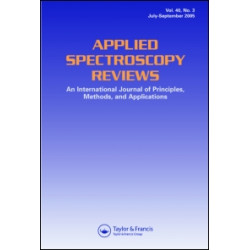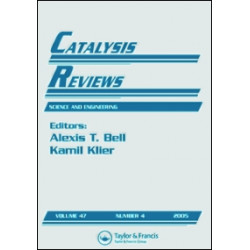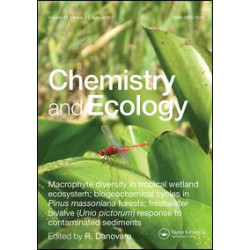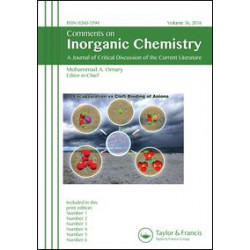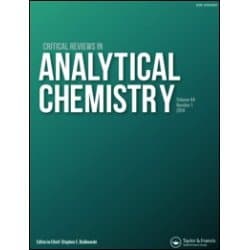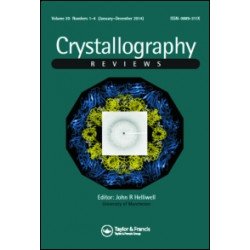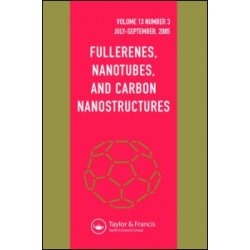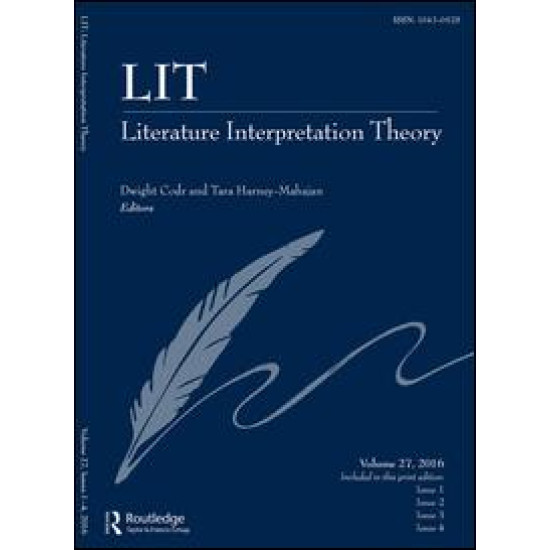
LIT: Literature Interpretation Theory provides a dynamic forum for fresh and forceful interpretations of a wide range of literary texts. By transcending the boundaries of conventional categories of period, region, and genre, LIT aims to forge a conversation among divergent and often competing critical perspectives as well as literature from different periods and nations. Animated by diversity, LIT embraces the assumption that important insights may be generated within a multitude of theoretical frameworks. Essays informed by psychoanalytic theory, structuralism, post-structuralism, gender theory, new or old historicism, postcolonial theory, semiotics, and Marxism, as well as other coherent, well-defined theoretical approaches might be found in the pages of LIT. While LIT’s emphasis is on literary texts, the journal also considers analyses of other kinds of cultural texts, including popular media such as film. LIT also welcomes proposals for special issues devoted to individual authors, themes, current events, regional literatures and cultures, or developing critical conversations.
Peer Review Policy:
All articles in this journal have undergone rigorous peer review, based on initial editor screening and anonymous refereeing by two anonymous referees.
Publication office: Taylor & Francis, Inc., 530 Walnut Street, Suite 850, Philadelphia, PA 19106.







